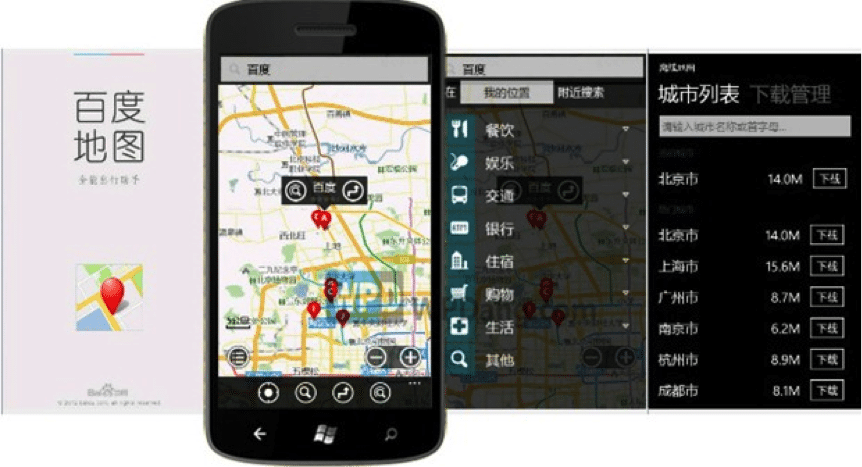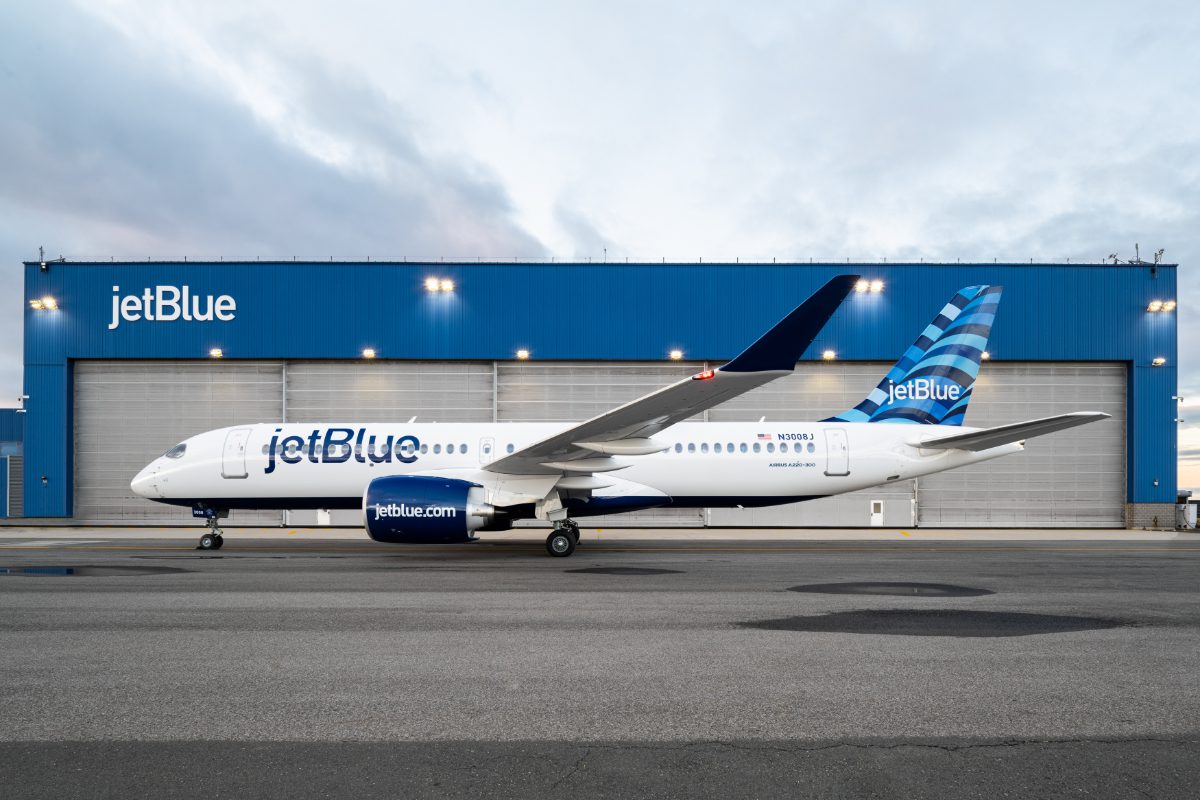How Map Apps Direct Chinese Tourist Behavior

Skift Take
This sponsored content was created in collaboration with a Skift partner.
In today’s socially plugged in world, Chinese tourists don’t just want local points of interest information readily available; they also want to be able to find comments and recommendations about these places from other tourists, as well as the ability to share their location, updates, and pictures to their networks. The China Internet Network Information Center recently released the official statistics on China’s Internet usage. Unsurprisingly, China’s Internet base has continued to boom, reaching a hefty 618 million users. Interestingly, 81% of those users are mobile- an incredibly high percentage. With a steady increase of mobile Internet users, the map app experience is becoming more and more important, especially for those in the tourism and O2O (online-to-offline) industry, since tourists will most likely be using them to find points of interests before and during trips.
China Internet Watch created a series of charts based on a 2013 report by Analysys International, and the findings are valuable insights into what Chinese tourists are looking for in their traveling mobile app experience. The report reveals two key findings: location-based services (LBS) and comprehensive apps are becoming more and more important to Chinese tourists.
70% of Chinese tourists searched for detailed shop information in the neighbourhood, including coupons for nearby stores, restaurants, and tourist sites. This means making sure your brand is listed on the top 3 used map apps, Baidu, Autonavi, and Google maps, is crucial for engaging with these tourists, who are searching for points of interest. Leading the pack is Baidu, whose map-apps dominate the industry with 35 percent of all downloads. Another of China’s largest provider of eCommerce and other Internet services, Alibaba, is attempting to jump on board already, with their latest bid for AutoNavi, a digital map, navigation, and LBS corporation (a third of which Alibaba already owns). And lest we forget about WeChat for a minute, the Tencent prodigy is already experimenting with LBS.
Analysys International’s report also found that tourists wanted apps that were a one stop shop: apps that covered a comprehensive range of abilities. This is most obvious in the dining and entertainment industry, where maps not only list places and provide a social aspect, but also the ability to book reservations as well. Differentiation in products and services in map apps is in line with the recent activities of China’s tech giants, Sina, Xiaomi, Tencent, Baidu and Alibaba, whose battle for dominance in the Internet and tech fields has escalated in the past year, with integration between mobile pay, social networking, searching, and travel booking.
So what does this mean for your travel brand? Whether you’re a destination, hotel, transportation company, or even a restaurant, if Chinese tourists, an over $100 billion industry, are interested in map apps and differentiation, you want to make sure that your services are listed and integrated if not easily compatible with the top platforms that Chinese tourists are using. Make sure you’re part of the conversation with KAWO, a Shanghai-based startup whose technology takes your existing Facebook and Twitter social media content, translates and localizes it before putting it on Chinese social media.
This content is created collaboratively in partnership with our sponsor, KAWO.




